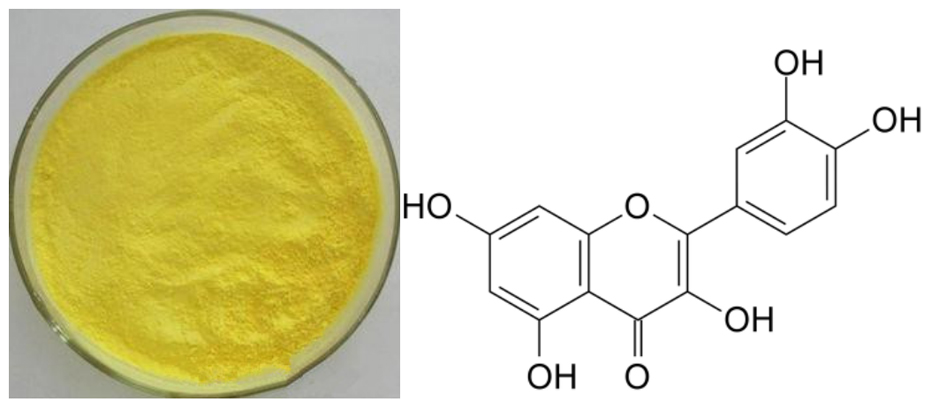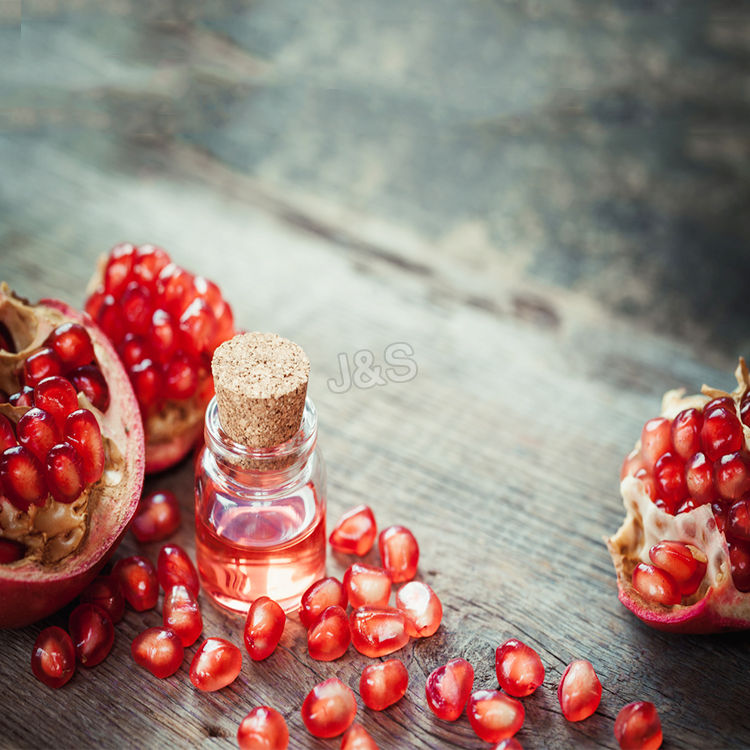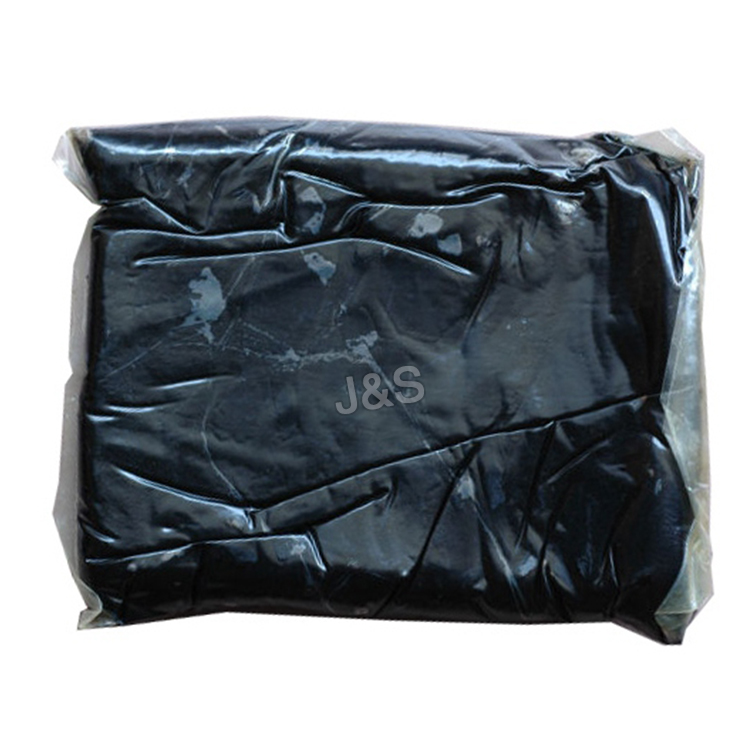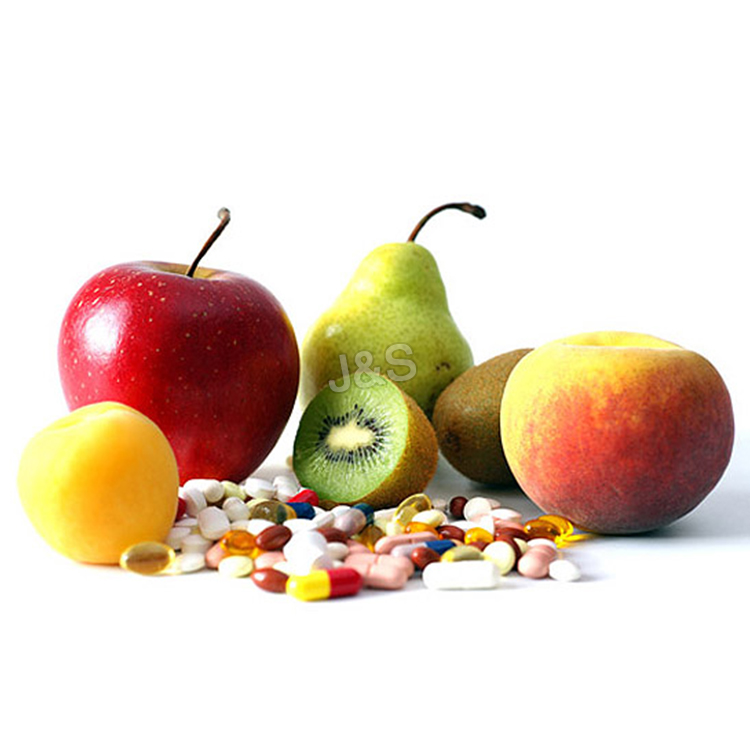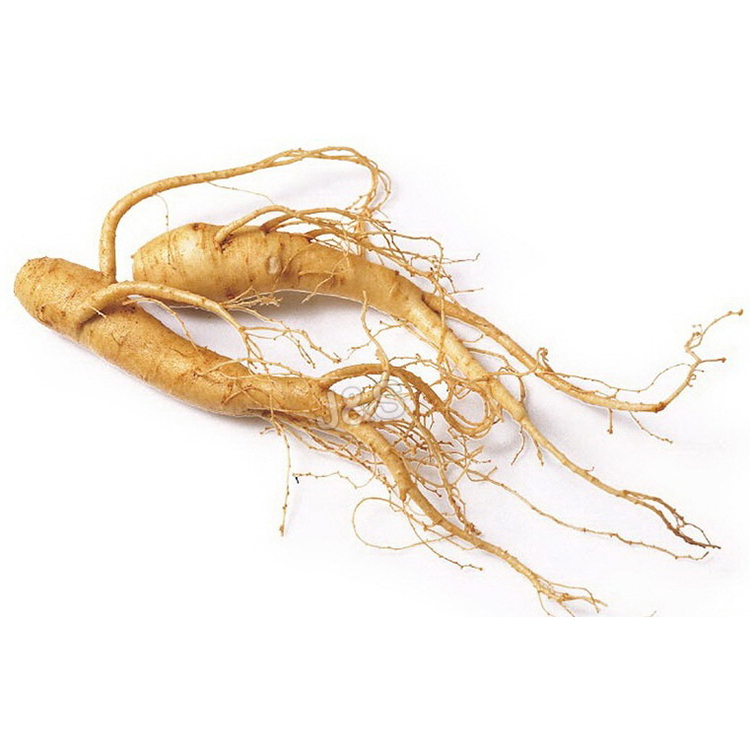Competitive Price for Quercetin Manufacturer in Bandung
Competitive Price for Quercetin Manufacturer in Bandung Detail:
[Latin Name] Sophora Japonica L
[Plant Source] from China
[Specifications] 90%-99%
[Appearance] Yellow crystalline powder
Plant Part Used:Bud
[Particle size] 80 Mesh
[Loss on drying] ≤12.0%
[Heavy Metal] ≤10PPM
[Storage] Store in cool & dry area, keep away from the direct light and heat.
[Shelf life] 24 Months
[Package] Packed in paper-drums and two plastic-bags inside.
[Net weight] 25kgs/drum
Brief Introduction
Quercetin is a plant pigment (flavonoid). It is found in many plants and foods, such as red wine, onions, green tea, apples, berries, Ginkgo biloba, St. John’s wort, American elder, and others. Buckwheat tea has a large amount of quercetin. People use quercetin as a medicine.
Quercetin is used for treating conditions of the heart and blood vessels including “hardening of the arteries” (atherosclerosis), high cholesterol, heart disease, and circulation problems. It is also used for diabetes, cataracts, hay fever, peptic ulcer, schizophrenia, inflammation, asthma, gout, viral infections, chronic fatigue syndrome (CFS), preventing cancer, and for treating chronic infections of the prostate. Quercetin is also used to increase endurance and improve athletic performance.
Main Function
1.Quercetin may expel phlegm and arrest coughing, it can also be used as anti-asthmatic.
2. Quercetin has anticancer activity, inhibits PI3-kinase activity and slightly inhibits PIP Kinase activity, reduces cancer cell growth via type II estrogen receptors.
3.Quercetin may inhibit histamine release from basophils and mast cells.
4. Quercetin may control the spread of certain viruses within the body.
5, Quercetin may help reduce tissue destruction.
6.Quercetin may also be beneficial in the treatment of dysentery, gout, and psoriasis
Product detail pictures:
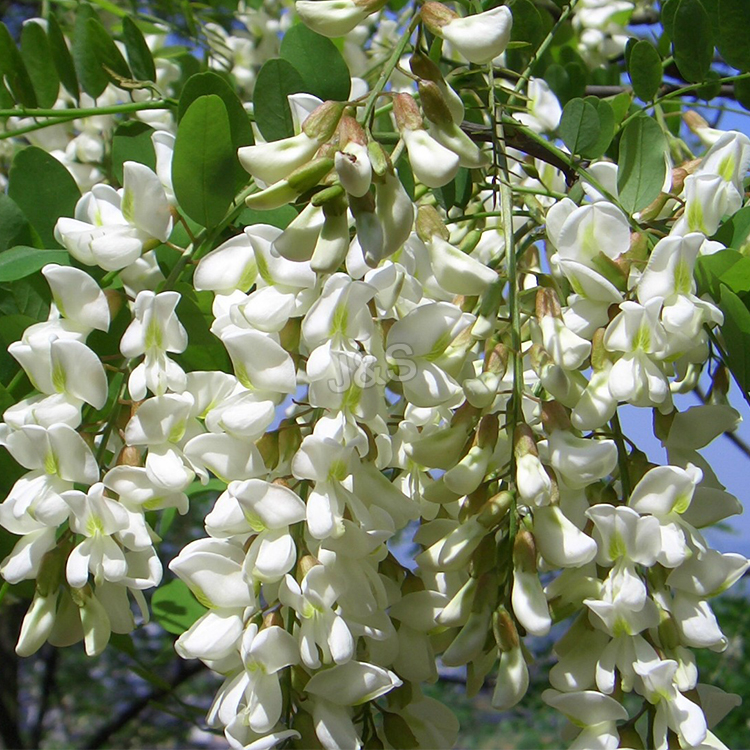
Related Product Guide:
We believe in: Innovation is our soul and spirit. Quality is our life. Customer need is our God for Competitive Price for Quercetin Manufacturer in Bandung , The product will supply to all over the world, such as: Pakistan, Morocco, Sao Paulo, With the goal of "zero defect". To care for the environment, and social returns, care employee social responsibility as own duty. We welcome friends from all over the world to visit and guide us so that we can achieve the win-win goal together.
Turmeric Benefits Weight Loss, Skin, Inflammation | How to Use Turmeric
Organic Tumeric Tea on Amazon https://amzn.to/2lBmHwS
benefits of turmeric with milk
turmeric benefits weight loss
turmeric powder for skin
turmeric benefits for skin
how much turmeric per day
how to use turmeric
how to take turmeric
turmeric in tagalog
Google Turmeric Health Benefits
Medical Turmeric
What Turmeric is Good for
How to Use Turmeric for Inflammation
Best Turmeric Supplement
Seven Turmeric Curcumin
Tell Me About Turmeric
Health Benefits Turmeric Juice
Lloyd Wright, author of the just released Hepatitis C: A Do-It Yourself Guide for Health, talking about Blueberry Extract, an effective agent for preventing or slowing down the replication of the Hepatitis C Virus. Hepatitis C virus (HCV) infection is a major cause of chronic liver disease such as chronic hepatitis, cirrhosis, and hepatocellular carcinoma. While searching for new natural anti-HCV agents in agricultural products, we found a potent inhibitor of HCV RNA expression in extracts of blueberry leaves when examined in an HCV subgenomic replicon cell culture system.
This activity was observed in a methanol extract fraction of blueberry leaves and was purified by repeated fractionations in reversed-phase high-performance liquid chromatography. The final purified fraction showed a 63-fold increase in specific activity compared with the initial methanol extracts and was composed only of carbon, hydrogen, and oxygen. Liquid chromatography/mass-ion trap-time of flight analysis and butanol-HCl hydrolysis analysis of the purified fraction revealed that the blueberry leaf-derived inhibitor was proanthocyanidin.
Furthermore, structural analysis using acid thiolysis indicated that the mean degree of polymerization of the purified proanthocyanidin was 7.7, consisting predominantly of epicatechin. Proanthocyanidin with a polymerization degree of 8 to 9 showed the greatest potency at inhibiting the expression of subgenomic HCV RNA. Purified proanthocyanidin showed dose-dependent inhibition of expression of the neomycin-resistant gene and the NS-3 protein gene in the HCV subgenome in replicon cells.
While characterizing the mechanism by which proanthocyanidin inhibited HCV subgenome expression, we found that heterogeneous nuclear ribonucleoprotein A2/B1 showed affinity to blueberry leaf-derived proanthocyanidin and was indispensable for HCV subgenome expression in replicon cells. These data suggest that proanthocyanidin isolated from blueberry leaves may have potential usefulness as an anti-HCV compound by inhibiting viral replication.
Wright knows about the rigors of life with Hepatitis C, and he knows all about wandering in the dark when doctors have no answers. Wright describes the new book, which follows his international best seller Triumph Over Hepatitis C, as “having all the primary information that everyone infected with Hepatitis C must know about. The 200-million people worldwide, about 5 million of them American, can benefit tremendously from Lloyds personal experience with over 200.000 clients who have hep c, most of them having used interferon and had it fail.
Lloyd Wright’s Hepatitis C book builds on the years of work already undertaken and brings valuable new information about ways to combat the destructive virus, Hepatitis C. Hepatitis C: A Do-It Yourself Guide for Health begins by chronicling Wright’s own personal horror story after a 1979 accident brought Hepatitis into his life through a hospital blood transfusion. Following 15 years of pain, suffering and uncertainty he was accidently diagnosed and basically told to get his affairs in order. He refused to accept the fate prescribed to him by doctors and battled against the odds, and he prevailed. To those facing Hep C, Lloyd Wright offers these words of wisdom: “You can, and must, take responsibility for your health. If you are suffering from hepatitis C, you can reclaim your health, get out of bed, get off the couch, forget about disability, and go back to work.”
A Time of Enlightenment (see Table of Contents below), Wright gives the exact supplement regimen followed in what he calls “my own recovery from Hepatitis C.” The supplements, vitamins and herbs taken were “a treatment strategy” that he lays out in Hepatitis C: A Do-It Yourself Guide for Health. A few of the items used were NatCell Thymus, Non-Pasteurized Aloe and Blueberry leaf extract.
One of the new items, Naringenin currently offered by Wright is described in the book as a “powerful flavonoid” found in grapefruit that “shows promise in helping to combat hepatitis C. Naringenin is currently being used for a Phase 1 trial at UCLA. The hepatitis C virus is bound to a very low intensity lipo-protein (one of the so-called “bad” cholesterols), when it is secreted from liver cells, according to a February 4, 2007, article published in Science Daily. Researchers at the Massachusetts General Hospital Center for Engineering in Medicine reported that the viral secretion required to pass infection to other cells can be blocked by the common flavonoid Naringenin.”
Lloyd Wright in Chapter Two, Hepatitis and Interferon, describes the nature of Hepatitis and the various forms in which it exists, meaning Hepatitis A, B and C, before offering this warning at the end of the section: “If you have Hepatitis C, your medical doctor will prescribe interferon. Before you proceed, read this book.”
For more about Lloyd Wright go to https://alternativemedicinesolution.com
The supplier abide the theory of "quality the basic, trust the first and management the advanced" so that they can ensure a reliable product quality and stable customers.
